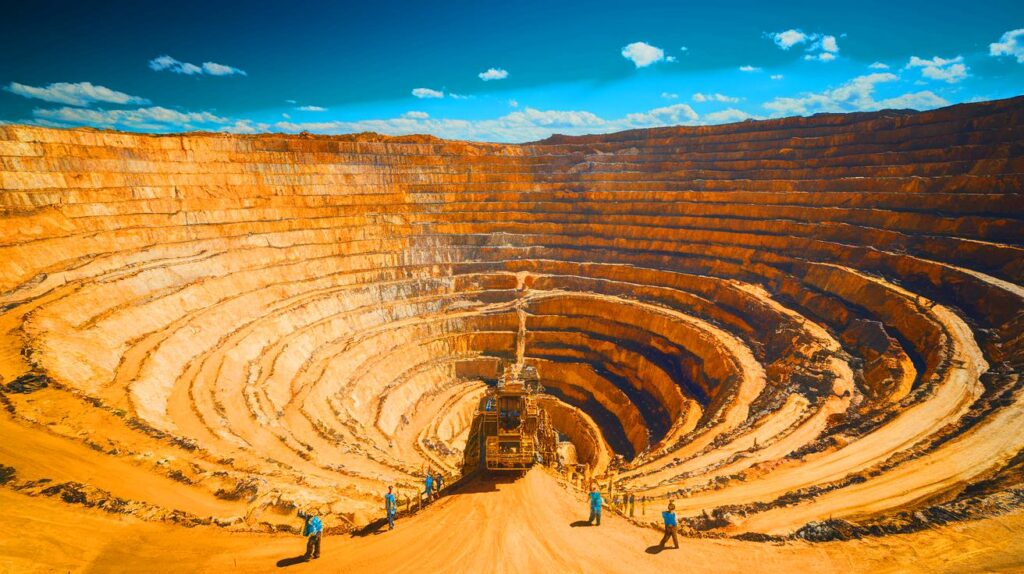| IN BRIEF |
|
The discovery of a massive gold deposit in China has recently shaken the mining industry. With approximately 1,000 tons of high-quality ore, this site could redefine global economic and strategic dynamics. Beyond its impressive size, this discovery raises crucial questions about future extraction methods and the associated environmental challenges. The implications of this deposit on the global gold market are already visible, and technological innovations may play a key role in its exploitation.
Impressive Features of the Chinese Deposit
The new Chinese deposit, located in an already well-known mining region, is a striking example of what is referred to as a “supergiant” deposit. This term designates large-scale resource reserves capable of reaching billions of ounces. With around 1,000 tons of high-quality gold ore, this site could surpass renown mines such as South Deep in South Africa, which holds a deposit of 900 tons.
The geological characteristics of the site are equally remarkable. Approximately 40 gold veins have been identified, extending up to 3.2 kilometers underground. Three-dimensional models suggest the presence of additional riches at these depths. Each metric ton of ore contains up to 138 grams of gold, underscoring the exceptional quality of the deposit.
Economic Repercussions and Environmental Challenges
This discovery has already had notable repercussions on global gold markets, resulting in rising prices and increased demand. China, which already held over 2,000 tons of gold reserves in 2024, could further strengthen its position as a leader in the international mining sector. Currently, Chinese miners account for approximately 10% of global gold production.
However, exploiting this deposit will not be without challenges. Gold is a limited resource, with around 53,000 metric tons extracted globally to date, and new deposits require massive investments to be accessed. Furthermore, strict environmental regulations and the increasing necessity for sustainable mining practices complicate operations.
Technological Innovations and Scientific Theories
The origin and formation of gold deposits continue to captivate researchers. Quartz veins appear to play a crucial role in the process, although some theories suggest seismic activity as a factor in the concentration of gold in certain areas. Chris Voisey, a geologist at Monash University, notes that while this theory is widespread, it does not fully explain the formation of large gold nuggets.
Alongside traditional methods, technological advancements are opening new perspectives. For example, a two-dimensional form of gold, known as “goldene,” just one atom thick, has been developed recently. This could be utilized in futuristic applications such as semiconductors. Shun Kashiwaya from Linköping University states: “When you create a material this thin, something extraordinary happens – just like with graphene.”
Future Perspectives and Open Questions
As this Chinese gold deposit promises significant economic benefits, it also raises crucial questions about how the mining industry will evolve. Could technological advancements and new scientific theories allow for more efficient and sustainable extraction? And how will these developments influence global economic and environmental policies? The answers to these questions will determine not only the future of the mining industry but also that of the global economy. What will be the next major turning point in the history of gold?







